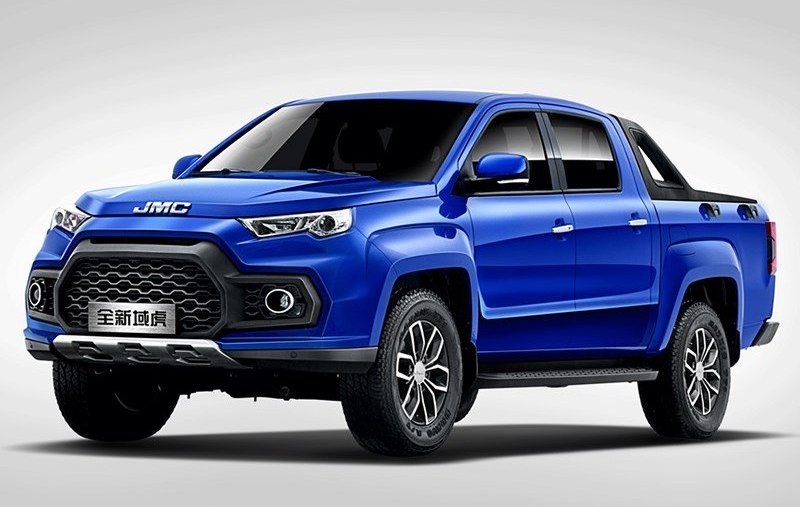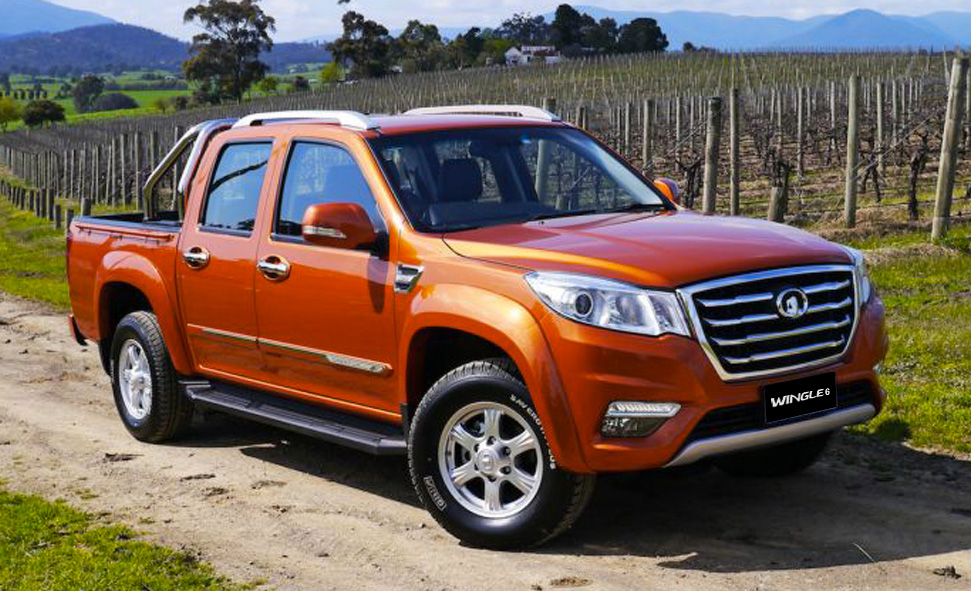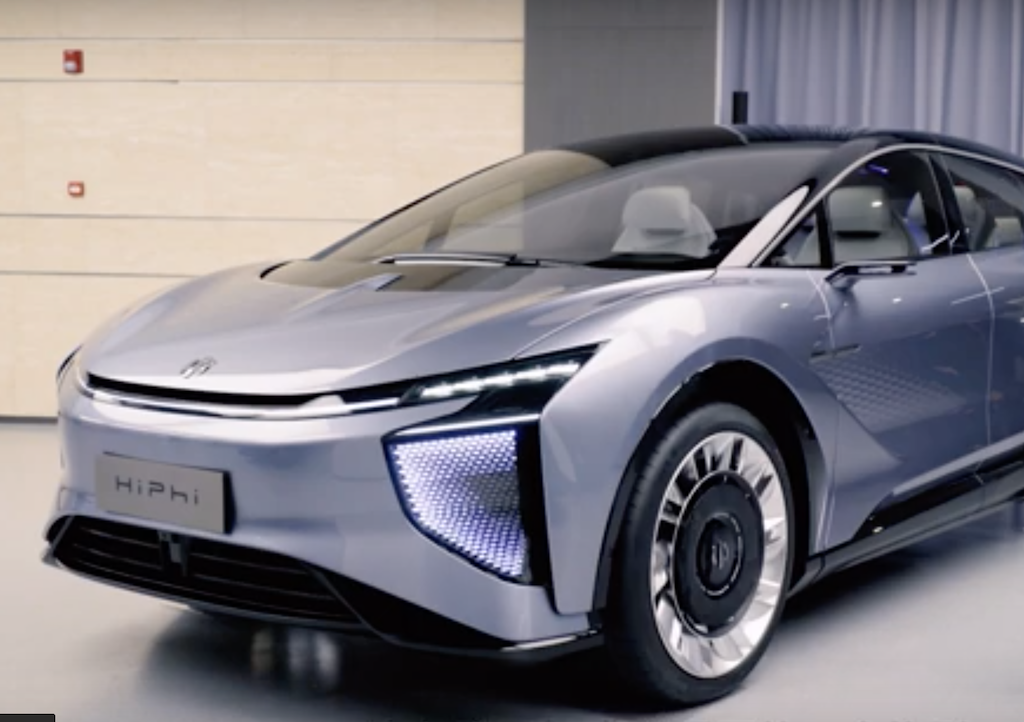
Will the US Ever Get Chinese Cars We’ve Waited 20 Years For?
The promise of a new wave of imported cars from China like Japan in the 1960s and South Korea in the 1990s hasn’t happened. Why? It has been almost 20 years since the expectation of new Chinese imports seemed on the horizon. But we’ve seen nothing. China is the world’s largest market for auto manufacturers and there is a gang of Chinese manufacturers. They have had plenty of time to learn the US market and fine-tune their products. Will the US ever get those Chinese cars we’ve been waiting 20 years for?
There have been attempts to bring China-built vehicles here. In 2005 Chery made inroads into the US through the efforts of Malcolm Bricklin. Besides creating the Bricklin sports car in the 1970s he also helped Subaru get a toe-hold here in the 1960s.
There have been announcements from Zotye, GAC, Great Wall, Chery, and Geely that US launches were imminent

Over the years there have been announcements from Zotye, GAC, Great Wall, Chery, and Geely that landing on our shores was imminent. But nothing ever happened. Lynk & Co, an offshoot of Geely, is set to launch here in 2021. As of now, no plans have been revealed and no substantive steps have been observed.
Some consultants like Michael Dunn have an idea of what is holding off launches. “When they cast their eyes on the U.S. market, it’s so big and so profitable that it has an irresistible attraction for Chinese automakers,” Dunne told Automotive News. “When they arrive on the California coast and set up their office, they find that it’s impenetrable. And that’s when they often make a U-turn and have to rethink it.”
China has avoided the US with sales and growth opportunities in their home country

There are a number of reasons why this is happening. First, there have been plenty of sales and growth opportunities in their home country. Why go through the expense, effort, and time to break into the US with so much to reap at their doorstep?
Then there is the US-China trade debacle. When Japanese companies first came to the US they did it solely exporting their vehicles from Japan. There was no requirement to build factories here. That is not the case for China today. With relations between the US and China so low imports from China are essentially closed.
Nothing has come based largely on the Trump tariffs making Chinese products highly uncompetitive

The Trump administration requires 27.5% tariffs on the Buick Envision and Volvo S90, both built in China and exported here. Volvo has shown certain Chinese products alongside Volvo, which is Chinese owned. But so far nothing has come from it based largely on the tariffs that make anything highly uncompetitive.
Since 2017 the once-hot Chinese market has cooled creating excess manufacturing capacity. So there is pressure to expand sales through US conquests. Chinese cars are having success in Asia, Africa, and Latin America. Chinese JAC Motors crossovers are manufactured in Mexico. For now, automakers in China have their eye on Europe.
Those Chinese companies with the best chance of breaking into the US are the ones that can offer an inexpensive internal-combustion vehicle at the bottom end, or an electric, autonomous, or connected car at the high end, according to Dunne. However it sorts itself out, there will be Chinese vehicle manufacturers here in the coming years.



